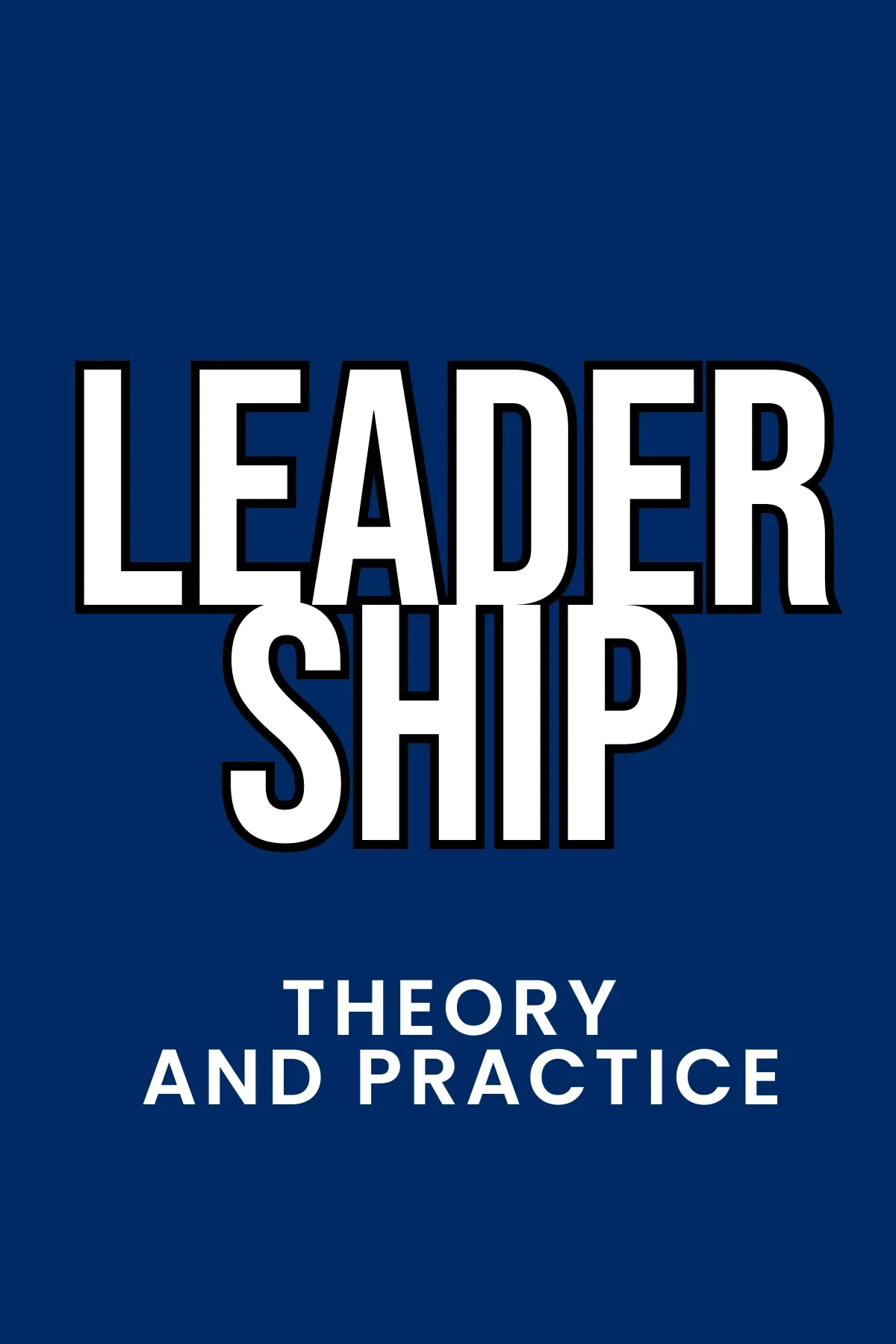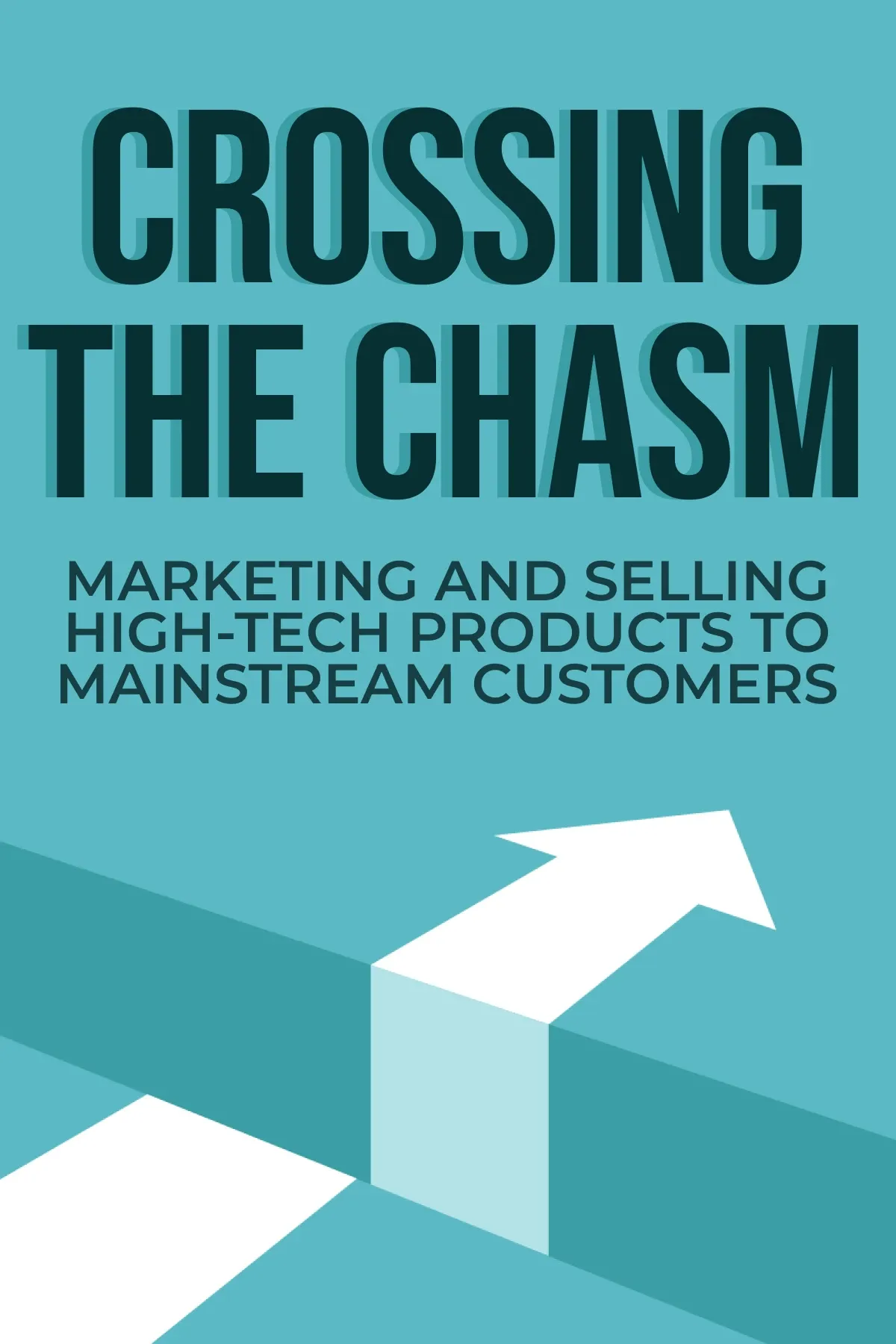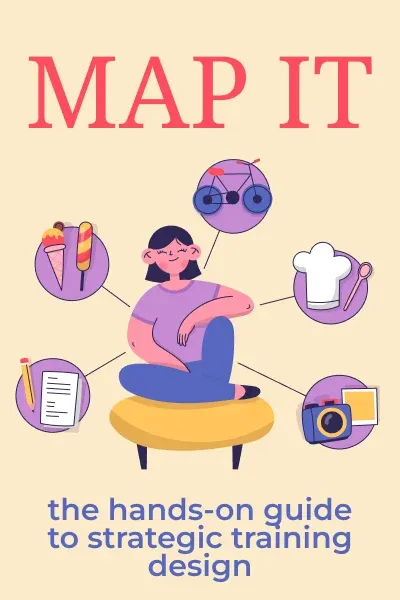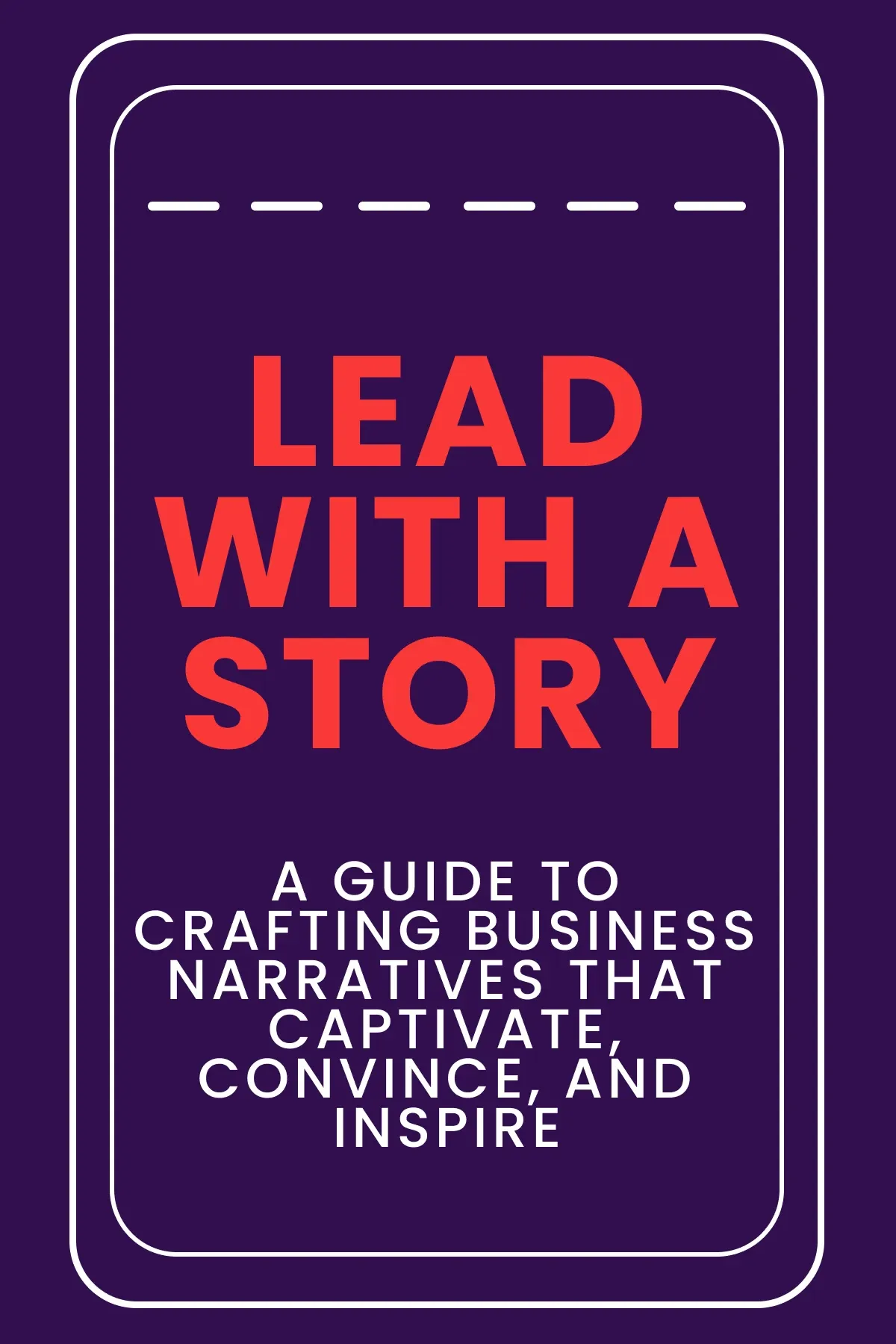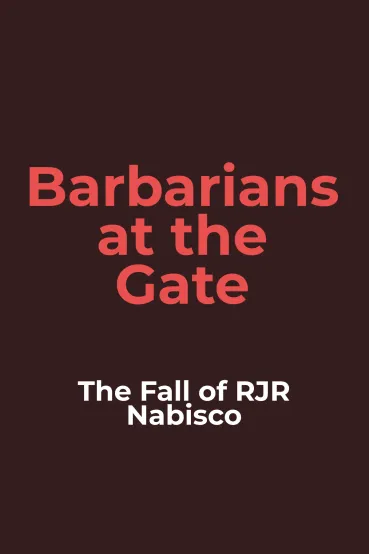
Barbarians at the Gate
Brief Summary
“Barbarians at the Gate” by Bryan Burrough and John Helyar unveils the high-stakes world of corporate buyouts through the dramatic narrative of RJR Nabisco's fall. It's a tale of ambition, greed, and the relentless drive of the financial world. Through the chapters, readers are offered advice subtly embedded in the unraveling drama.
Key points
Key idea 1 of 10
When people hear the word "LBO" or "leveraged buyout," they often think of big businesses and the wild days of Wall Street in the 1980s. However, if we travel back in time, we'll find a different story.
In the late 1960s, there was a big problem for many business owners. These were people who had worked hard to build big companies. Now, they are getting older and thinking about retiring. They wanted to give their companies to their children. But there was a catch: a big tax bill. If they gave their business to their children, they would need to pay a lot of money in estate taxes.
Imagine you have a big and beautiful house. You want to give this house to your children. But if you do so, you will have to pay a lot of money to the government. What would you do? This was the ongoing problem these business owners used to face. They had three main choices. One, they could give the company to their children and pay the big tax bill. Two, they could sell the company and lose control over it. Third, they could let the public buy shares in the company. Yet, this last option was risky. The company’s value could go up or down based on what other people thought.
This is where a smart lawyer named Jerry Kohlberg came in. Jerry was good at finding companies that were cheap but had a lot of potential. He came up with an idea to help these business owners.
Imagine Mr. Big, a business owner, wanting to retire. Jerry would help him create a new company. This new company would borrow a lot of money. With this money, they would buy Mr. Big's company. The clever part? Mr. Big would still own part of the company. This meant he would still have some control.
But where did the money come from? Investors would bring in some of their own money. Nonetheless, most of it, 90%, came from loans. They would borrow 60% from banks and get 30% from insurance companies. So, in the end, investors could own a big company by only using a little of their own money. The new company would owe a lot of money, but the old company, like Mr. Big's, would carry this debt.
This is how the LBO started. It wasn't just about making more money or taking control of companies. It was a way for business owners to keep their life's work in the family without a huge tax bill. It shows how people can find smart solutions to big problems. But, like all things, it had its ups and downs.
FAQ
You may also like these summaries




